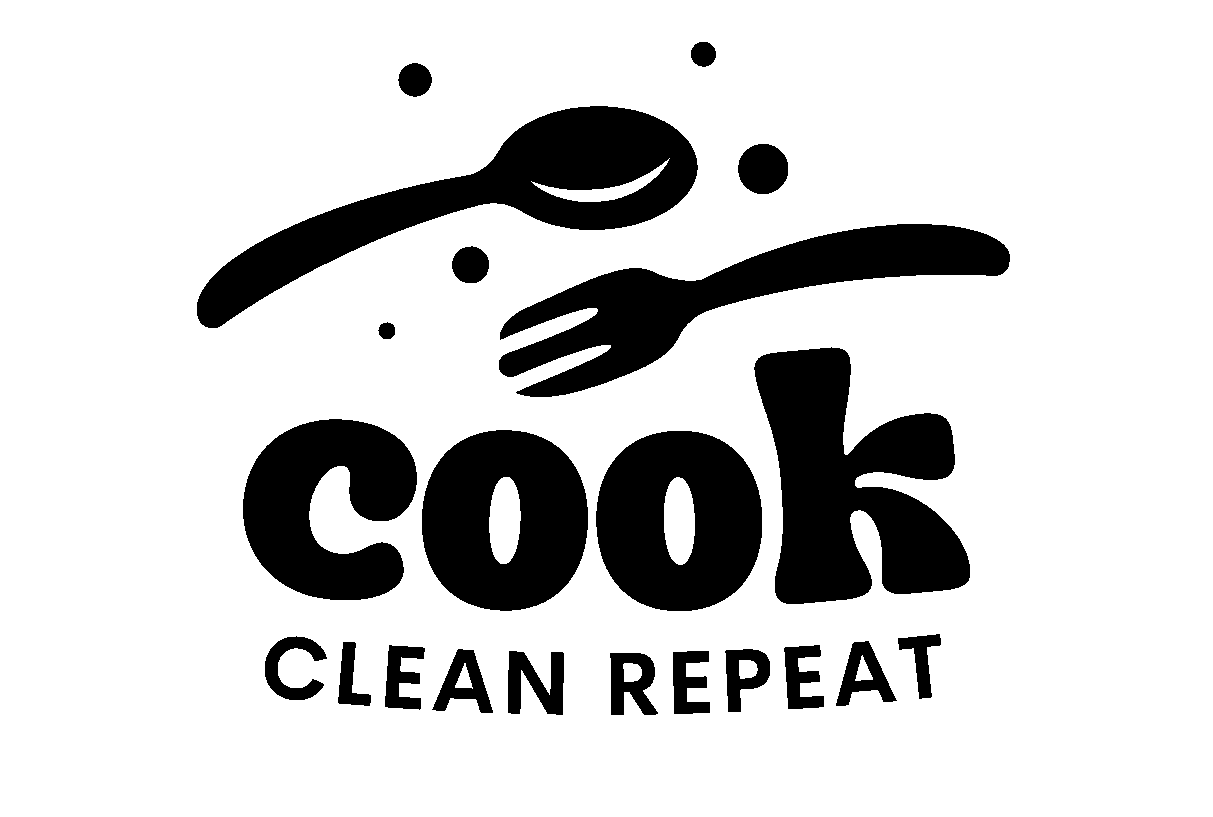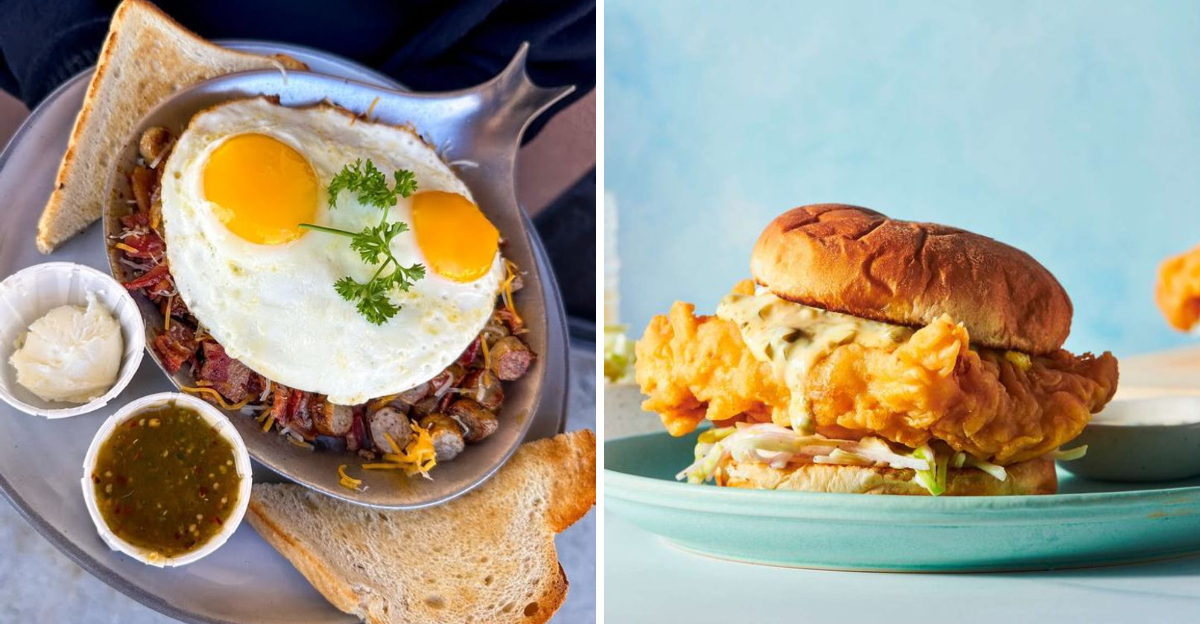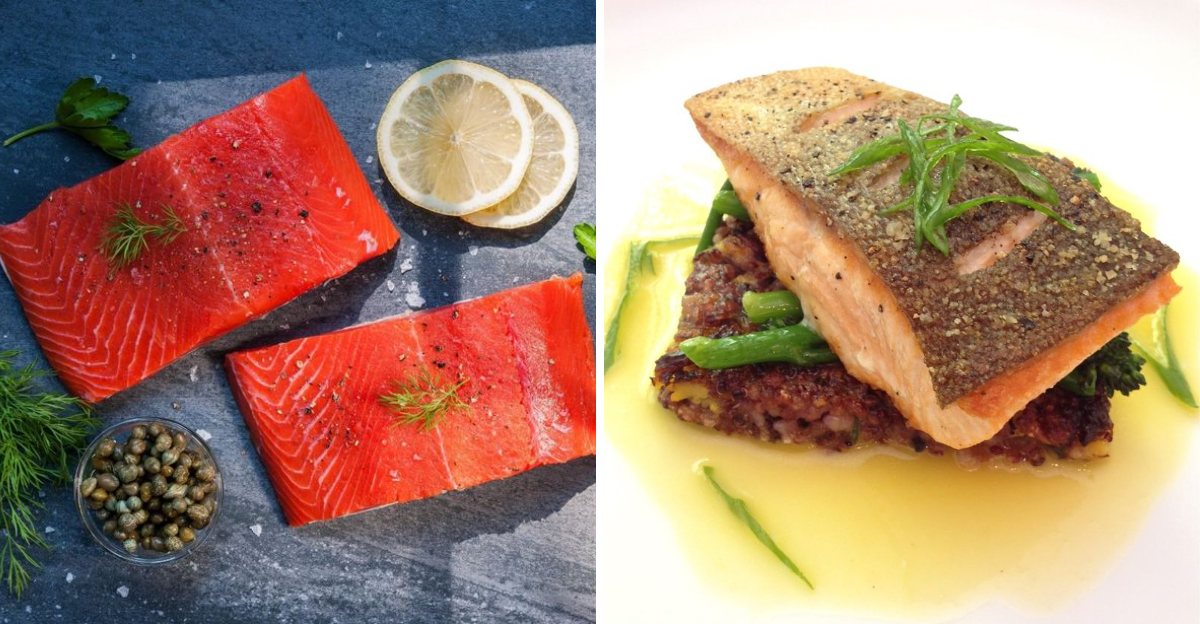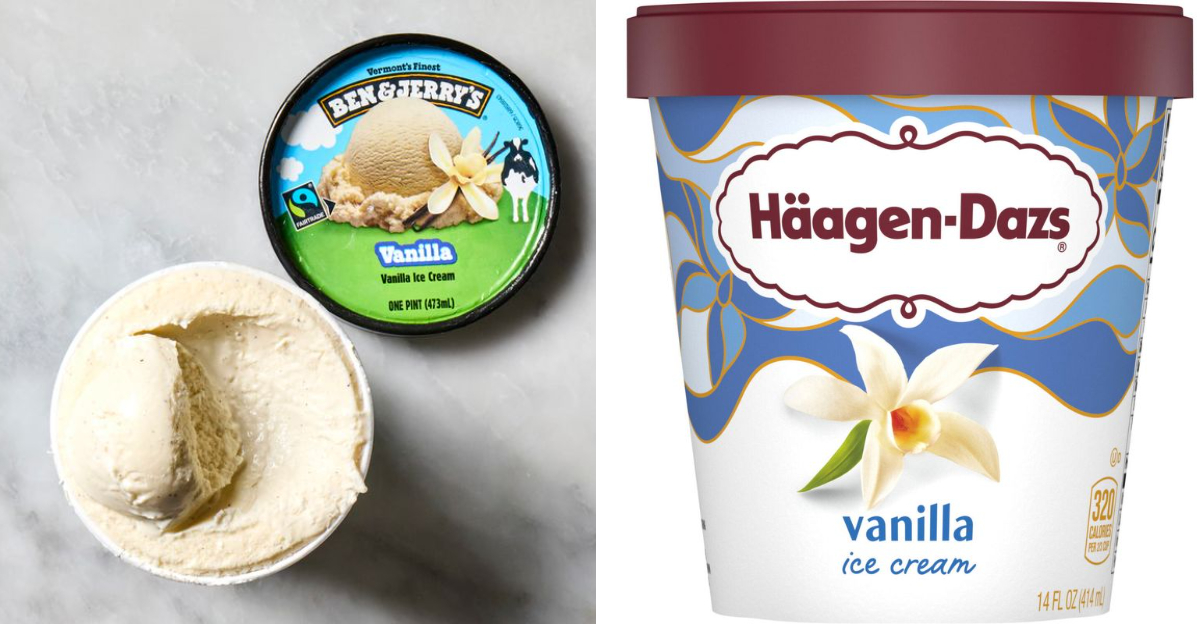20 Discontinued Grocery Products That Are Never Coming Back

Nostalgia tastes a little sweeter—until you realize your favorite snack will never return. From bold sodas to cereal crossovers, these discontinued grocery products stirred excitement, controversy, and late-night cravings. Why did they vanish, and what made them unforgettable in the first place? Dive into the stories behind 20 cult favorites that captured hearts, confused palates, and ultimately disappeared for good.
1. Coca-Cola Blāk

Coca-Cola Blāk promised a slick fusion of cola and coffee, a caffeine-charged experiment for adventurous sippers. Launched amid 2000s flavor mashups, it came in a sleek bottle with a taste that was both caramel-sweet and sharply bitter. Some adored its espresso edge; others found it jarring and cola-adjacent rather than cola-forward. Despite its bold branding, repeat purchases lagged, and distribution shrank. The product struggled to find a core audience outside novelty seekers, and price didn’t help. Once the marketing fizz faded, Blāk’s fate was sealed. Today, it’s a curious relic—remembered, debated, and unlikely to pour again.
2. Taco Bell Beefy Crunch Burrito
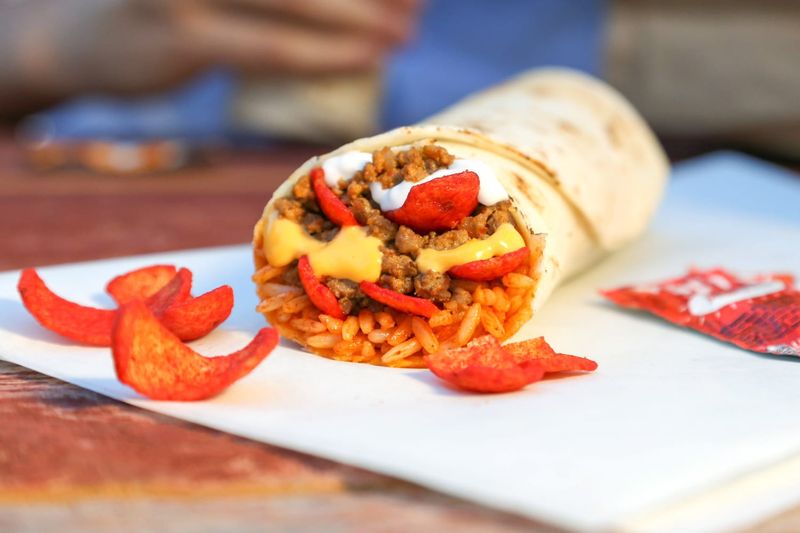
The Beefy Crunch Burrito hit a perfect balance: savory seasoned beef, molten cheese, rice for body, and a Fritos crunch to seal the deal. Fans swore by the texture play—soft tortilla outside, crispy corn chips inside—turning late-night runs into a ritual. Yet operational complexity and promotional timing doomed it to limited-run status. Ingredient costs and menu simplification pressures pushed it off the board. Periodic petitions and fan campaigns briefly sparked hope, but permanence never followed. Its cult following remains vocal, yearning for another bite. For now, it’s a crunchy memory, wrapped in nostalgia and sealed with sauce.
3. Pepsi Blue

Pepsi Blue stood out on shelves like a neon sign, staining tongues and curiosity alike with its berry-citrus punch. Released in the early 2000s, it rode the wave of experimental sodas and eye-popping colors. The flavor was divisive—candylike and aromatic, with a sweet finish that lingered. After a brief run, it vanished, only to see periodic nostalgia-fueled comebacks that never stuck. Reformulations and limited releases teased diehards, but mainstream adoption never materialized. Today, collectors covet old bottles and ads. The blue blaze faded, leaving an afterimage of playful branding and a taste you can almost remember.
4. Oreo O’s Cereal

Oreo O’s transformed cookie fandom into breakfast rebellion, promising that chocolate rings and creamy specks could start your day. The cereal nailed the cookie aroma, offering crunchy bites that softened just enough in milk. Discontinued in the early 2000s, it became a global scavenger hunt—some regions kept it alive, fueling online trades. A brief revival rekindled childhood memories but was short-lived. Supply complexities, licensing wrinkles, and shifting breakfast trends worked against permanence. It remains a legend of sugar-forward mornings and Saturday cartoons. For many, it’s the ultimate what-if: a cookie dream that won’t fully crumble back.
5. Lay’s Wow Chips

Lay’s Wow Chips rode in on a miracle promise: the joy of potato chips without the fat guilt, thanks to olestra. Early demand surged, with slick advertising and bold health-forward claims. Then came the fine print—and consumer reports of unpleasant digestive side effects. The backlash was meme-worthy before memes were a thing. Trust eroded, and the novelty couldn’t overcome reputation damage. Retailers reduced space, and reformulation wasn’t simple. As snack aisles evolved toward baked and popped alternatives, Wow faded quietly. Today, it’s a cautionary tale in balancing innovation with tolerance, remembered more for warnings than crunch.
6. Froot Loops Pop-Tarts

Froot Loops Pop-Tarts promised a vibrant marriage of cereal and pastry, topped with tangy frosting and rainbow flair. The flavor echoed the cereal’s citrus-berry blend, delivering a quick burst of sweetness that charmed kids and curious adults. But novelty couldn’t sustain steady sales. The category was crowded, and flavor fatigue set in as seasonal and limited editions rotated rapidly. Production slots favored dependable sellers, pushing this collaboration to the sidelines. Collectors remember the box art as much as the taste. It flashed, it fizzed, and then it was gone—another sugary crossover that couldn’t cement a morning routine.
7. New Coke

New Coke became the marketing misstep that launched a thousand case studies. In 1985, Coca-Cola reformulated its flagship, chasing a sweeter sip to outpace rivals. Fans revolted, loyalty roared, and the brand quickly restored “Classic” while New Coke quietly receded. Its short shelf life spawned conspiracy theories and a masterclass in listening to customers. Limited novelty returns only underscored its infamy. Today, it’s a pop-culture byword for “don’t fix what isn’t broken.” The taste wasn’t objectively terrible; it was existentially wrong. Nostalgia triumphed, and brand identity proved stronger than blind taste tests.
8. Fruitopia
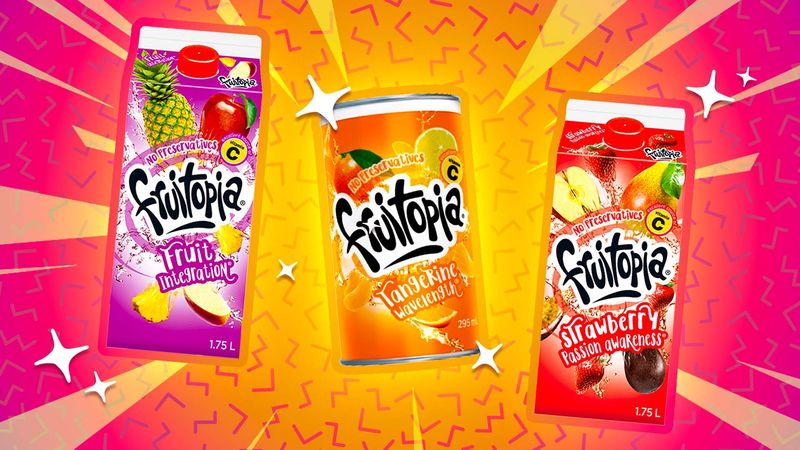
Fruitopia splashed into the 1990s with dreamy names like Strawberry Passion Awareness and whimsical label art. It was sweet, colorful, and perfectly tuned to mall food courts and vending machines. As consumers pivoted toward lower sugar and functional beverages, syrupy juice drinks fell from favor. Reformulations and reduced distribution couldn’t rescue momentum. Competitors offered vitamins, teas, and seltzers with fewer calories, reshaping expectations. Fruitopia lingered in select markets, but the brand essence felt locked to a certain era. Now, it’s a vibrant memory of bold labels and sticky lips—an emblem of pre-seltzer innocence.
9. Clorox Toilet Bowl Cleaner with Tidy Bowl (Blue Liquid)

This blue-hued cleaner promised freshness you could see, leaving a sapphire trail with each scrub. Marketed as a cleaner and stain fighter, it became a household staple for those who equated blue with clean. Over time, reformulations, regulatory shifts, and brand consolidations reshaped the category. Fragrance preferences moved toward subtler notes, and multi-surface solutions gained ground. The product lost shelf space and eventually disappeared. Fans recall the unmistakable color and scent as much as performance. It’s a reminder that even everyday staples, once iconic, can fade as companies streamline lines and consumers prioritize gentler, greener options.
10. Jell-O 1-2-3

Jell-O 1-2-3 was a kitchen magic trick: one mix that settled into three whimsical layers. The bottom was classic gelatin, the middle mousse-like, and the top a frothy crown. Families loved the reveal, but consistency was finicky, and expectations outpaced reality. As dessert trends modernized, the novelty dulled, and shelf space tightened. Maintaining reliable layering at home proved tricky for many, eroding repeat buys. Eventually, it slipped away, becoming a charming footnote in gelatin history. Today, vintage ads and recipe cards circulate online, rekindling the delight of desserts that delight the eye as much as the spoon.
11. Dunkaroos

Dunkaroos turned recess into a frosting-fueled celebration, pairing crunchy cookies with a tub of sprinkle-studded icing. Kids loved the ritual: dip, dunk, double-dip. After disappearing for years, nostalgic demand sparked periodic comebacks and limited runs. Yet steady, widespread availability never fully stabilized, and regional gaps frustrated fans. Health trends, reformulation chatter, and changing snack aisles didn’t help. The brand lives on in spurts, but the original vibe feels locked to old lunchboxes and field trips. For many, the memory is sweeter than any modern remake—proof that time can frost even the simplest cookie with glow.
12. Kellogg’s Breakfast Mates

Breakfast Mates promised grab-and-go convenience: a mini cereal, milk, and a side like yogurt, all in one kit. For rushed mornings, it sounded perfect. But logistics were complicated, refrigeration confused shoppers, and price compared poorly to buying components separately. The packaging was bulky, shelf placement inconsistent, and the value proposition unclear. Consumers also balked at lukewarm milk perceptions, even when properly chilled. Sales never met expectations, and the line quietly exited. Today, its legacy lives in snack kits and protein packs that learned from its missteps—smaller footprints, clearer messaging, and simpler assembly.
13. Peanut Butter Snickers
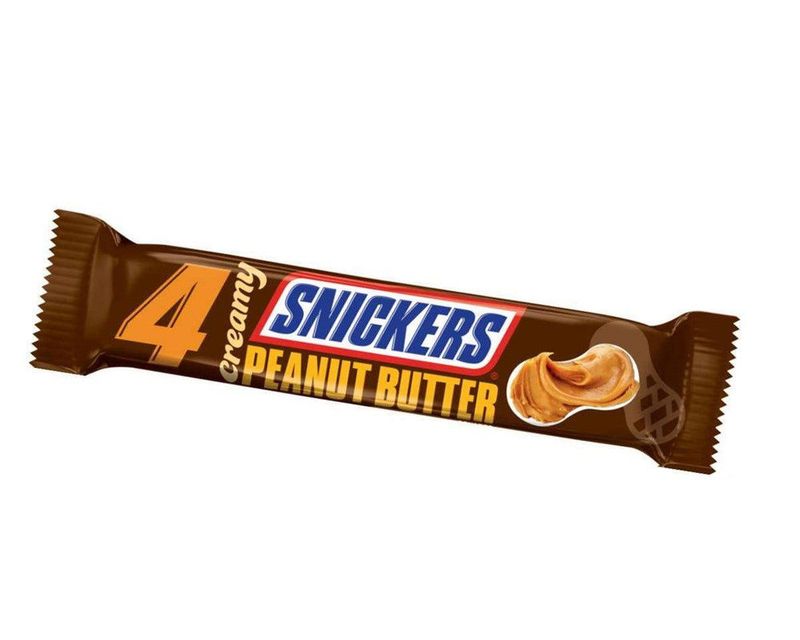
Peanut Butter Snickers flirted with perfection, marrying the brand’s caramel-nougat DNA to a creamy peanut butter layer. For some, it surpassed the original, delivering a sweet-salty richness that felt indulgent yet familiar. Despite fans, line complexity and overlapping variants diluted shelf presence. Limited editions, recipe tweaks, and format changes confused brand loyalists. Retailers prioritized top sellers, and this variant lost its slot. Cravings linger online, where devotees trade tasting notes and copycat recipes. It’s a lesson that even great flavors can get squeezed out when portfolios crowd and planograms tighten. The bar still echoes in memory.
14. General Mills’ Oatmeal Swirls
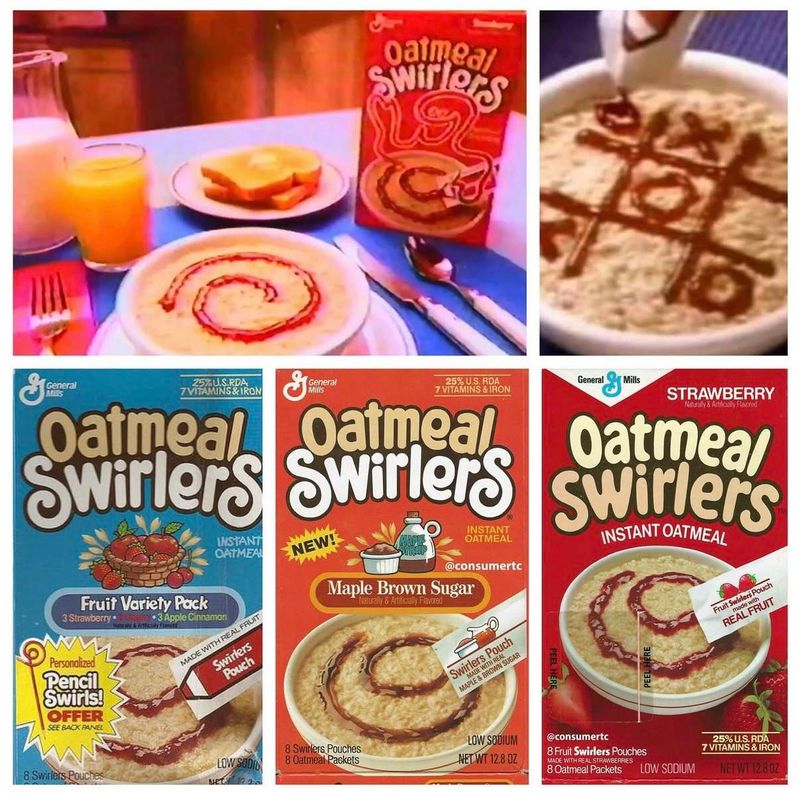
Oatmeal Swirls promised instant comfort: squeeze in a ribbon of cinnamon-sugar and watch breakfast bloom. The idea was simple and delightful, evoking bakery rolls without the wait. But the single-use swirl packets added cost and packaging waste, straining value perception. As consumers embraced simpler labels and bulk oats, the product felt fussy. Distribution shrank, and it slipped from shelves. Fans still reminisce about the aroma and satisfying visuals. Today, DIY hacks replicate the swirl with brown sugar and cinnamon. It’s proof that a tiny flourish can charm—until practicality and pantry economics take over.
15. SpaghettiOs with Meatballs (Canned Version)

SpaghettiOs remain a pantry icon, but the meatball variant in the can drifted away in many markets. The appeal was obvious: saucy O’s plus tender meatballs for extra protein and fun. Over time, costs, reformulations, and SKU rationalization narrowed options. Texture expectations evolved as well, with consumers seeking fewer processed meats in kid-focused products. The core pasta-and-sauce version endured, while the meatballs lost priority. Nostalgic shoppers still scan shelves, hoping for a familiar label. For now, it’s another example of brands consolidating around their strongest sellers—and leaving enthusiasts to improvise with add-ins at home.
16. Archway Soft Cookies (Peach Cobbler)

Archway’s Peach Cobbler cookies were a soft-baked whisper of summer, with a fragrant filling and tender crumb. Seasonal, nostalgic, and quietly beloved, they never scaled into mass ubiquity. Shelf-life challenges and premium positioning likely limited reach, while broader assortments shifted toward evergreen flavors. As portfolios tightened, niche varieties disappeared first. Fans still swap memories of road-trip stops and coffee-paired afternoons. Copycat recipes abound, but they rarely capture that exact texture and perfume. In a world of constant novelty, these cookies remind us that subtlety can be special—until spreadsheets decide otherwise.
17. McDonald’s Onion Nuggets

Onion Nuggets were a fast-food oddity: bite-sized, breaded onion clusters meant for dunking. Before onion rings became widespread, these nuggets offered a savory, shareable side with a crisp bite. Yet they lacked clear identity—less iconic than fries, less familiar than rings. Operational complexity and tepid sales nudged them out. Occasional nostalgia posts spark curiosity, but no serious revival has stuck. In retrospect, they were ahead of the snacking, dippable curve, just not distinctive enough to claim space. The idea lives on in countless appetizers, but the original nuggets remain a crunchy what-could-have-been.
18. Kraft Mac & Cheese Explosion
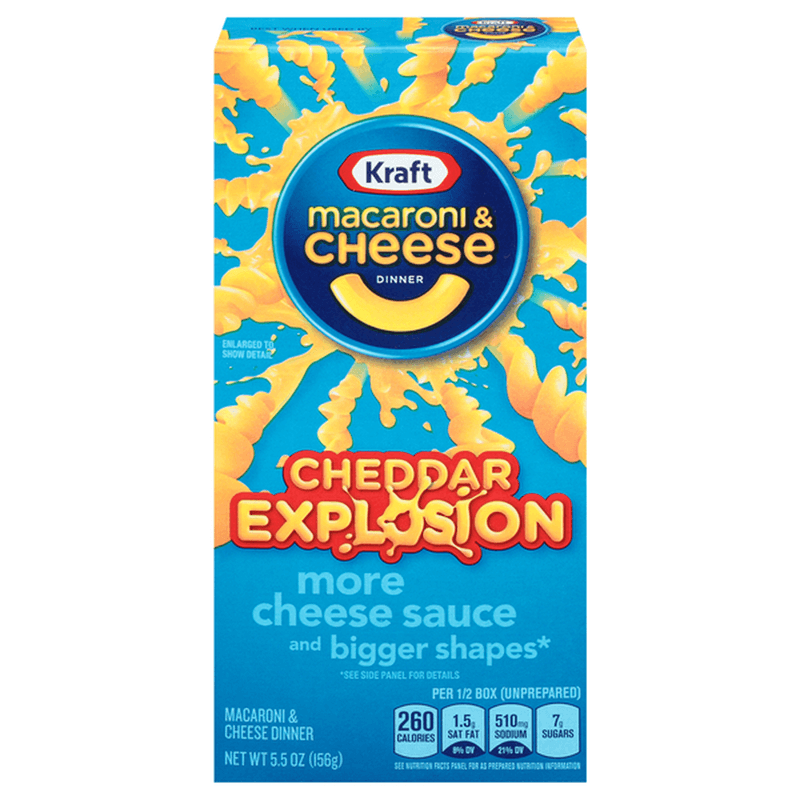
Kraft pitched Explosion as the next rung on the cheese ladder—more powder, more punch, more neon-orange comfort. The flavor dialed up tangy cheddar notes, appealing to super-fans seeking intensity. But the line added redundancy to an already crowded roster of shapes and variants. Retailers trimmed SKUs, and the classic blue box kept winning. Health optics also shifted, nudging shoppers toward subtler formulations. Without a unique format or functional benefit, Explosion fizzled. Devotees still remember the saucy saturation and satisfying cling to noodles. It’s a reminder that sometimes the original formula casts the longest, creamiest shadow.
19. Peach Crisp Lean Cuisine

Lean Cuisine’s Peach Crisp offered a rare frozen-dessert detour in a line known for savory, calorie-conscious meals. Tart peaches met a golden oat topping, promising comfort in controlled portions. Yet dessert real estate in freezers is fiercely competitive, and brand identity skewed dinner-first. Rotation schedules and limited demand sealed its fate. Shoppers reaching for indulgence often chose fuller desserts, while dieters skipped sweets entirely. This crisp became a pleasant memory rather than a staple. It showed that even smart, tasty ideas can get lost between categories—too virtuous for decadence, too indulgent for strict plans.
20. Cinnamon Bun Pop-Tarts
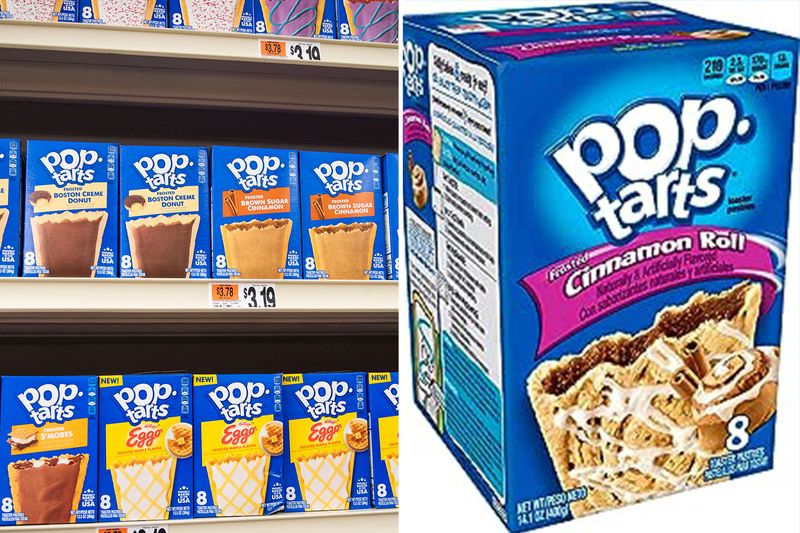
Cinnamon Bun Pop-Tarts delivered bakery-shop vibes in a toaster—brown sugar richness, cinnamon warmth, and a sweet drizzle on top. Reviews praised the gooey center and breakfast pastry aroma. But in a portfolio bursting with frosted favorites, flavors compete fiercely for limited slots. Rotations, retailer preferences, and novelty fatigue nudged it out. Attempts to recapture the profile through seasonal variants never quite matched the original’s balance. Fans still scan shelves, hoping for a surprise return. Until then, it stands as a beloved chapter in Pop-Tarts lore—proof that the best toaster treats can vanish like steam.
